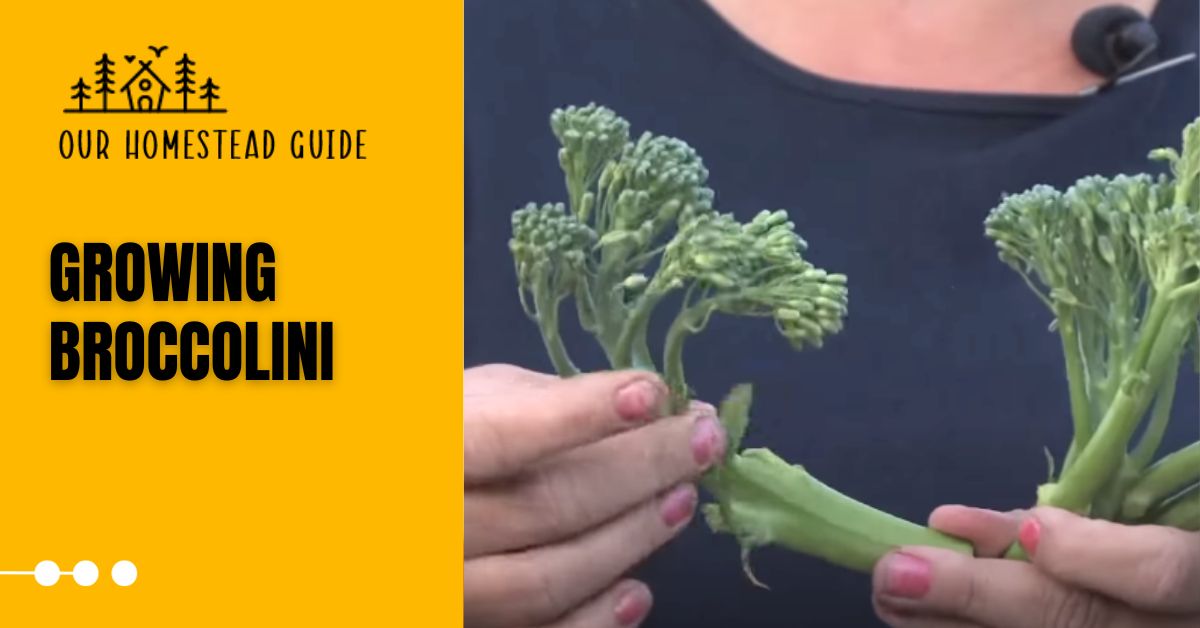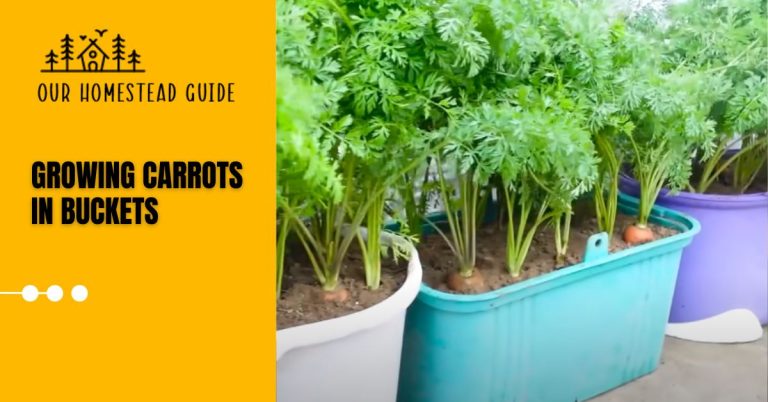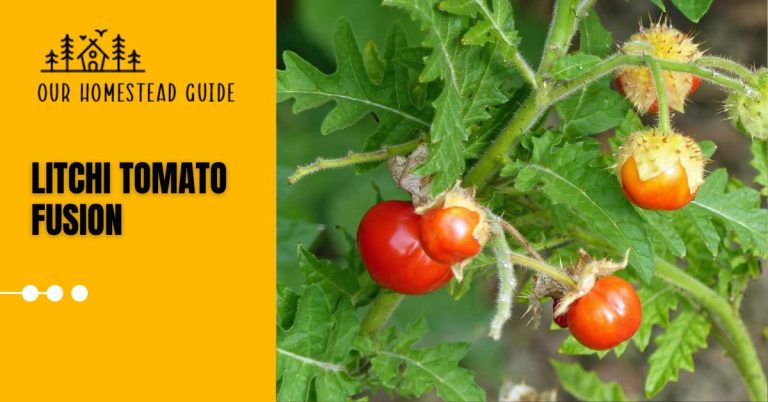Growing Broccolini: Tips for a Bountiful Harvest
Growing Broccolini, a nutritiously flavored and nutritious vegetable, is another strong and robust effort. This hybrid vegetable, a cross between broccoli and Chinese kale, thrives in cool climates and well-drained soils. Plant broccolini in a sunny spot in spring or late summer for fall harvest.
Watering, spacing, and occasional watering with exercise promote vigorous growth, producing tender stems and small crops that make a better and better addition to culinary creations.
How to Growing Broccolini?
Growing and caring for broccoli
Growing and caring for broccolini can make this a delicious and nutritious vegetable a profitable crop. Here’s a step-by-step guide to help you get started:
Choosing the original location
Choosing a sunny spot in your garden with well-draining soil. Broccoli thrives in cool temperatures and needs at least 6 hours of sunlight each day.
Prepare the soil
Growing Broccolini Put the plants in soil or well-rotted before harvest. It enriches nutrients and improves drainage.
Planting
You can start broccolini from seeds or transplants. If starting from seed, sow about 6-8 weeks before the last expected frost date. Plant the seeds ½ inch deep and keep the soil consistently moist until germination. Transplant can be scheduled after the last frost date.
Spacing
Growing Broccolini Space broccolini plants about 18-24 inches apart to allow for proper air circulation and growth. This helps to prevent diseases and each plant gets adequate sunlight. Also, it will be easy to guard it.
Watering
Keep the soil consistently moist, but not waterlogged. Water Adequately Broccoli needs regular watering, especially during dry spells. Use a soaker hose or drip irrigation to water the base of the plants, avoiding wetting the leaves.
Fertilization
Growing Broccolini Apply a balanced fertilizer or compost tea every 3-4 weeks to provide essential nutrients to the plants. Avoid excessive nitrogen, which can lead to lush foliage but reduced fruit production.
Mulching
Growing Broccolini Apply a layer of mulch around the base of the plants to help retain moisture, suppress weeds, and maintain soil temperature.
Pest and Disease Control
Keep an eye out for common pests such as aphids, caterpillars, and cabbage worms. Use natural remedies or insecticidal soaps and medicines to control the infection. Adequate spacing and good airflow also help prevent disease.
Pruning
Harvest broccolini when the flowers are still tight and the stems are tender. Use a sharp knife to cut the stems just below the flowers. This encourages regrowth for smaller side shoots.
Successive Planting
For a consistent harvest, consider planting broccolini in succession every few weeks. That way, you’ll have a constant supply of fresh broccolini throughout the growing season.
Storage
Growing Broccolini Refrigerate the chopped broccolini. To keep it fresh, wrap it in a damp paper towel and store it in a plastic bag or airtight container.
By following these guidelines and providing consistent care, you can enjoy flavorful and nutrient-packed broccolini from your own garden.
Ingredients For Growing Broccolini
Certainly, here’s a table with information about the ingredients for growing Broccolini
| Ingredient | Description |
| Broccolini Seeds | Hybrid vegetable seeds, a cross between broccoli and Chinese kale |
| Soil | Well-drained soil, suitable for vegetable cultivation |
| Location | Sunny spot with full sun exposure |
| Climate | Cool climate, optimal for Broccolini growth |
| Planting Time | Spring or late summer |
| Water | Consistent watering to keep the soil evenly moist |
| Fertilizer | Balanced vegetable fertilizer, as recommended |
This chart lists the necessary components and elements to take into account when producing broccolini, including the kind of seeds, the soil specifications, the preferred site, the climate, the planting date, the amount of water needed, and the application of the right fertilizer.
diseases of Growing Broccolini
Growing broccolini can be a rewarding experience, but like any garden crop, it can face disease challenges. Common diseases that affect broccolini include clubroot, downy mildew, and black rot. Clubroot, caused by a soil-borne pathogen, can stunt growth and cause swollen roots. Downy mildew manifests as yellow spots on leaves and can lead to defoliation.
Black rot causes V-shaped lesions on leaves and can spread rapidly, impacting the plant’s vitality. To prevent these diseases, practice crop rotation, ensure proper drainage, and avoid overwatering. Fungicide applications and choosing disease-resistant varieties can also help manage potential issues.
Regular monitoring and prompt action are key to maintaining healthy broccolini plants and enjoying a successful harvest.
Benefits of Growing Broccolini
Planting broccolini in your garden offers numerous benefits for both your health and overall gardening experience. Here are some important benefits of Growing Broccolini:
Nutritional Enrichment
Broccolini is a nutritional powerhouse, packed with essential nutrients like vitamins A, C, and K, as well as minerals like calcium and iron. By growing it yourself, you gain access to a fresh source of these vital nutrients.
Freshness and Flavor
Homegrown broccolini is often fresher and more flavorful than store-bought alternatives. Harvesting it at its peak ensures maximum taste and nutritional value, enhancing its appeal.
Pest Control
When you grow your own broccolini, you have control over the growing conditions and can choose whether to use pesticides or opt for natural and organic pest control methods.
Environmental Impact Reduction
Through home vegetable cultivation, you contribute to reducing the carbon footprint associated with transportation and packaging of store-bought produce.
Gardening Satisfaction
Successfully growing broccolini provides a sense of achievement and a strong connection between your efforts and the food you consume.
Cost Savings
While there’s an initial investment in seeds or seedlings and gardening supplies, growing your own broccolini can lead to long-term cost savings compared to purchasing it from stores.
Customized Cultivation
You have control over the growing conditions, allowing you to tailor them to your preferences, whether you’re striving for organic produce, experimenting with different fertilizers, or employing specific planting techniques.
Family Involvement
Gardening can become a family activity involving everyone from sowing seeds to harvesting. It’s an excellent way to spend quality time together.
Garden-to-Table Connection
Growing broccolini establishes a direct connection between your garden and your table. You gain a deeper appreciation for the food you eat and its journey from soil to plate.
Variety Selection
When growing broccolini, you have the option to choose from various broccolini varieties, catering to your taste preferences and garden conditions.
Encourages Healthy Eating
Having fresh broccolini readily available in your garden can motivate you and your family to incorporate more greens into your meals, contributing to a healthier diet.
Learning Experience
Incorporating broccolini into your garden not only provides you with a delicious and nutritious vegetable but also offers numerous personal and environmental advantages that contribute to your overall well-being.
Conclusion:
Growing broccolini is a fun and healthy gardening project. This broccoli and Chinese kale hybrid, which has a distinctive flavor and great nutritional content, grows best in cool regions with well-drained soil.
You can receive a plentiful fall harvest of this tasty and healthful crop by following the planting instructions and making sure there is enough sunlight, sufficient watering, and the right soil and fertilizer. Why not begin producing broccolini today and enjoy the scrumptious and healthy rewards? Enjoy your garden!
Most Frequently Asked Questions!
1- When is the best time to plant broccolini?
Broccolini thrives in cooler temperatures. Start seeds indoors 6-8 weeks before the last frost date or transplant seedlings outdoors after the last frost date for a fall harvest.
2- What type of soil is suitable for broccolini?
Broccolini prefers well-draining, fertile soil with a slightly acidic to neutral pH. Amending the soil with compost or well-rotted manure before planting can improve its quality.
3- How far apart should I space my broccolini plants?
Allow around 18-24 inches of space between broccolini plants. This spacing promotes proper air circulation and prevents overcrowding.
4- What are some common pests that affect broccolini?
Common pests include aphids, caterpillars, and cabbage worms. Regularly inspect your plants and use natural remedies, like neem oil or insecticidal soap, to control infestations.
5- How can I prevent diseases in my broccolini crop?
To prevent diseases like clubroot and black rot, practice crop rotation, ensure good drainage, and avoid overwatering. Choose disease-resistant varieties when possible and consider applying fungicides preventively.
6- When is the right time to harvest broccolini?
Harvest broccolini when the florets are tight and the stems are tender. The main head should be well-formed. Use a sharp knife to cut the stem just below the florets.
7- Can I grow broccolini in containers?
Yes, you can grow broccolini in containers as long as the container is deep enough to accommodate its root system. Choose compact or dwarf varieties for better container growth.
8- Is broccolini a hybrid vegetable?
Yes, broccolini is a hybrid vegetable resulting from a cross between broccoli and Chinese kale. It exhibits the qualities of both parents in terms of taste and appearance.
9- How often should I water my broccolini plants?
Keep the soil consistently moist but not waterlogged. Water deeply whenever the top inch of soil feels dry, adjusting the frequency based on weather conditions.
10- Can I save seeds from broccolini plants for the next year?
While you can save seeds from broccolini, it’s important to note that hybrid varieties may not produce consistent offspring. Saving seeds from open-pollinated varieties is a better option for seed saving.
11- Can I grow broccolini in warmer climates?
Broccolini prefers cooler temperatures, but you can still grow it in warmer climates by choosing the right planting times. Focus on fall or early spring planting for the best results.
12- How long does it take for broccolini to mature?
The time from planting to harvest varies, but on average, broccolini takes about 50-70 days to mature after transplanting.
Remember that gardening experiences can vary based on factors such as climate, soil type, and specific local conditions. If you have specific concerns or questions about growing broccolini, consulting with local gardening experts or extension services can provide valuable insights tailored to your region.
you may also like this article.



